
Beautiful Code. Leading Programmers Explain How They Think Greg Wilson, Andy Oram
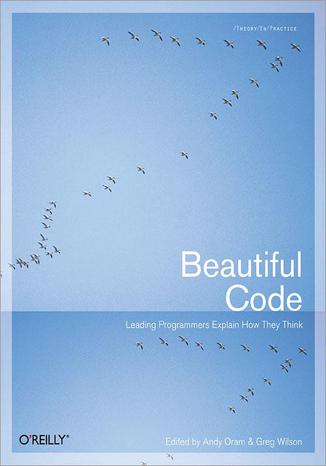



- Autorzy:
- Greg Wilson, Andy Oram
- Wydawnictwo:
- O'Reilly Media
- Ocena:
- Stron:
- 620
- Dostępne formaty:
-
ePubMobi
 opcje wysyłki »
opcje wysyłki »
Opis
książki
:
Beautiful Code. Leading Programmers Explain How They Think
How do the experts solve difficult problems in software development? In this unique and insightful book, leading computer scientists offer case studies that reveal how they found unusual, carefully designed solutions to high-profile projects. You will be able to look over the shoulder of major coding and design experts to see problems through their eyes.
This is not simply another design patterns book, or another software engineering treatise on the right and wrong way to do things. The authors think aloud as they work through their project's architecture, the tradeoffs made in its construction, and when it was important to break rules.
This book contains 33 chapters contributed by Brian Kernighan, KarlFogel, Jon Bentley, Tim Bray, Elliotte Rusty Harold, Michael Feathers,Alberto Savoia, Charles Petzold, Douglas Crockford, Henry S. Warren,Jr., Ashish Gulhati, Lincoln Stein, Jim Kent, Jack Dongarra and PiotrLuszczek, Adam Kolawa, Greg Kroah-Hartman, Diomidis Spinellis, AndrewKuchling, Travis E. Oliphant, Ronald Mak, Rogerio Atem de Carvalho andRafael Monnerat, Bryan Cantrill, Jeff Dean and Sanjay Ghemawat, SimonPeyton Jones, Kent Dybvig, William Otte and Douglas C. Schmidt, AndrewPatzer, Andreas Zeller, Yukihiro Matsumoto, Arun Mehta, TV Raman,Laura Wingerd and Christopher Seiwald, and Brian Hayes.
Beautiful Code is an opportunity for master coders to tell their story. All author royalties will be donated to Amnesty International.
Wybrane bestsellery
Greg Wilson, Andy Oram - pozostałe książki
O'Reilly Media - inne książki
Dzięki opcji "Druk na żądanie" do sprzedaży wracają tytuły Grupy Helion, które cieszyły sie dużym zainteresowaniem, a których nakład został wyprzedany.
Dla naszych Czytelników wydrukowaliśmy dodatkową pulę egzemplarzy w technice druku cyfrowego.
Co powinieneś wiedzieć o usłudze "Druk na żądanie":
- usługa obejmuje tylko widoczną poniżej listę tytułów, którą na bieżąco aktualizujemy;
- cena książki może być wyższa od początkowej ceny detalicznej, co jest spowodowane kosztami druku cyfrowego (wyższymi niż koszty tradycyjnego druku offsetowego). Obowiązująca cena jest zawsze podawana na stronie WWW książki;
- zawartość książki wraz z dodatkami (płyta CD, DVD) odpowiada jej pierwotnemu wydaniu i jest w pełni komplementarna;
- usługa nie obejmuje książek w kolorze.
Masz pytanie o konkretny tytuł? Napisz do nas: sklep@helion.pl
Książka drukowana



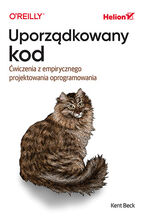

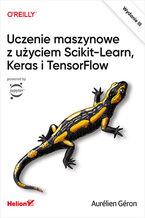
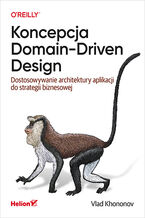
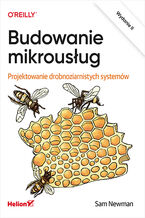
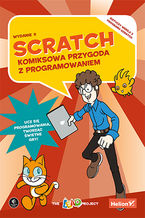

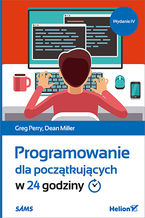
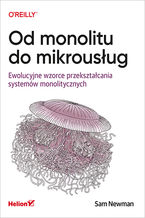

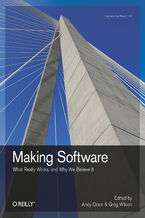



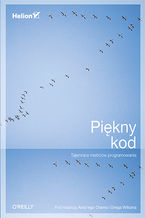
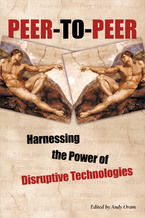





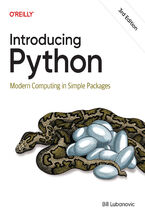
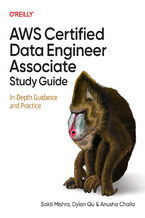
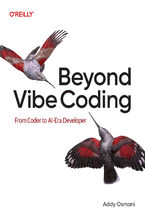
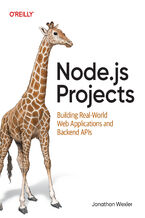

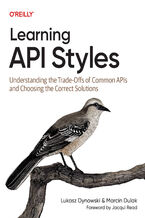
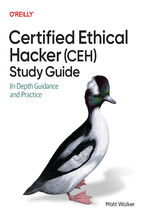
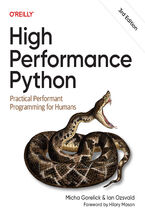
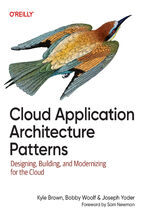
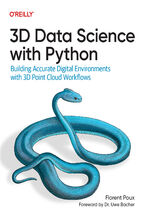



Oceny i opinie klientów: Beautiful Code. Leading Programmers Explain How They Think Greg Wilson, Andy Oram
(0)